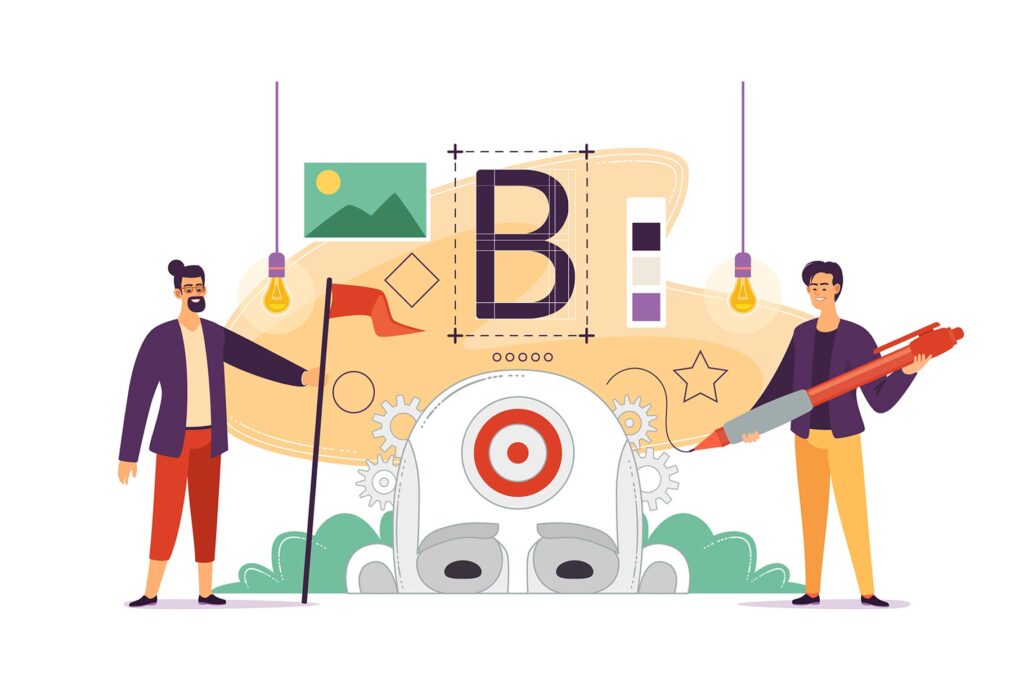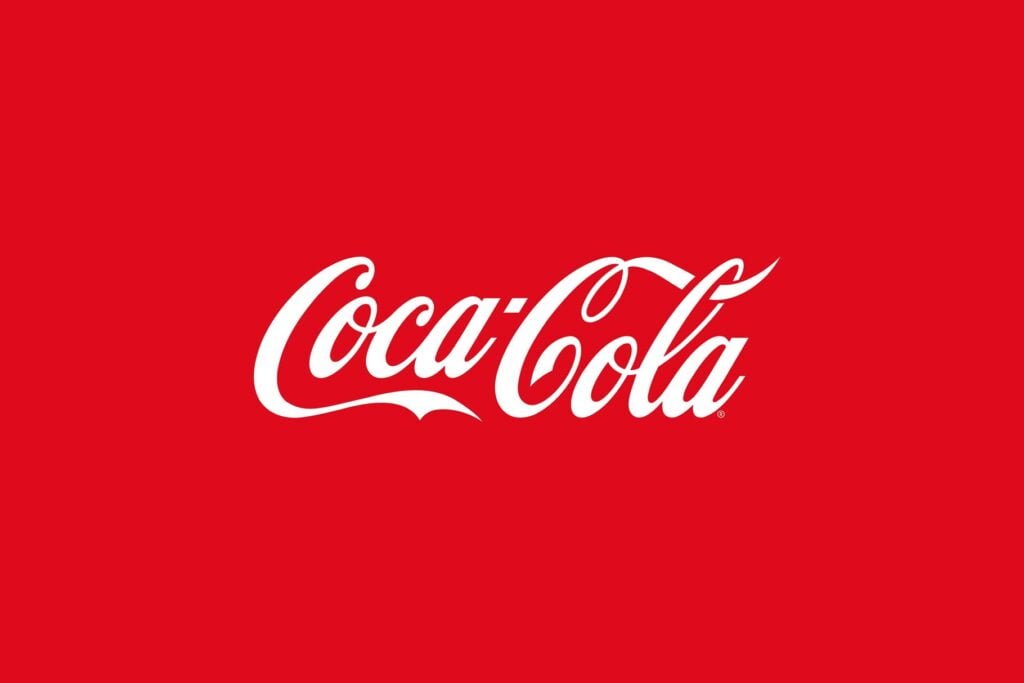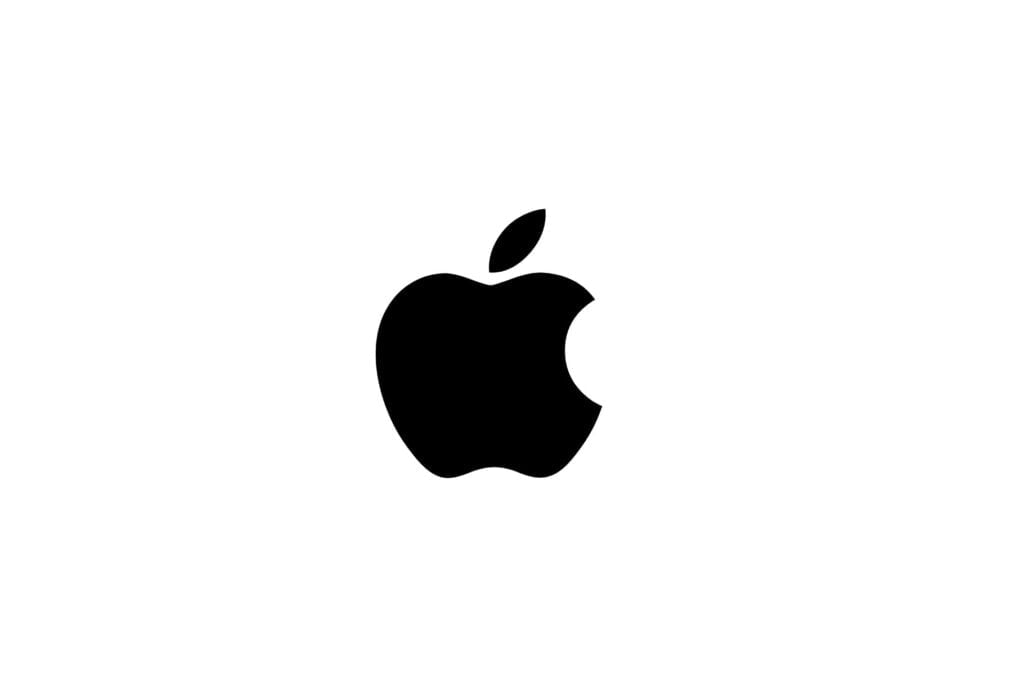A functional logo is an important part of your brand. It’s what people see first, and it sets your company apart from others. It’s also the first thing potential customers will look at when deciding whether or not to work with you.
A functional logo does several things. First, it communicates your brand’s personality and values to customers. Next, it ties together all of the other elements of your marketing strategy into one cohesive message.
Finally, it makes people feel good about doing business with you and helps them remember who you are.
The best logos are those that can be easily recognized and remembered by both customers and employees, but how do you go about creating something that will stand out in this way?
The answer is to make sure that your logo is functional as well as aesthetically pleasing. Here’s everything you need to know about why functionality matters when designing a logo:
What is a functional design?

A functional design is one that serves a purpose. In the case of a logo, this means it has to be able to be recognized and remembered by both customers and employees. It should also tie together all of your other marketing materials into one cohesive message.
A functional design is the best way to ensure that your logo will stand out and be remembered. If you want customers to associate your brand with a certain thing, then it needs to be reflected in your design.
This means it has to be recognizable from all angles, sizes, and distances (including from far away on social media posts).
In all forms of design, there are certain elements that can’t be overlooked. A logo is no exception. If you want your design to be remembered, then it needs to be functional as well as aesthetically pleasing.
What is functionality in logo design?

Functionality is the ability of a logo to convey information about the brand, product, or service being represented. This can be achieved through various means including typography, color, and shape.
A good example of this is Coca-Cola’s iconic red and white stripes that have become synonymous with its brand identity over many decades.
The reason why functionality is so important in logo design is that it helps build recognition for your business or product among consumers or clients, which makes them more likely to remember it later on down the line when they need something related again (such as buying another bottle of cola).
Because logos are often used on different types of products such as clothing merchandise like t-shirts; bags etc., having a logo that stands out from its competitors will help build recognition among potential buyers who may have seen several different designs before yours came into view!
To make your logo functional, There are several things that you should consider when designing a logo for your business or product.
A logo should be simple, memorable, and unique so that it can stand out among other similar products in the market. A great logo design will also reflect the personality of your brand while providing added value to its customers!
The good news is that you don’t have to be a designer in order to create a great logo for your business or product. There are plenty of websites out there that can help you with this task like 99designs or Fiverr.
You can also hire an experienced logo designer if you want someone who has experience in this field and knows what it takes to make a great logo design!
Also, read How to Present Logo Design Concepts to Clients (Step-by-step)
Why is functionality important in logo design?

Functionality is the most important aspect of logo design. In fact, it’s so important that we have dedicated an entire section on this website to explaining why functionality is so crucial to your brand’s success.
While a logo may look pretty, it’s important that it also functions well. A good logo should be easy to read and recognize, even at a distance or when viewed in small sizes.
It should also be able to stand out against other similar logos in the market so that it can help your brand stand out among others!
A logo with good functionality will help your brand stand out from the crowd and be more recognizable. It’s also important that your logo is easy to read and understand even at a distance or when viewed in small sizes.
This is because it will help your brand stand out from the crowd, and also make it easier for customers to recognize.
The best logos are simple and easy to understand, even when viewed in small sizes. it is simple, memorable, unique, and functional.
In short, if you don’t know what your logo needs to do and how it should work, then you don’t have a logo at all!
What makes a logo functional?

A logo should be clear and easy to read at any size. The design of a logo should be simple and memorable so that it can be easily recognized by others in both print and digital media.
It should also be versatile enough to work across different mediums–for example, on business cards or websites as well as on clothing items such as hats or t-shirts.
The following are the elements that make a logo functional:
Scalability: The ability of the logo to be viewed at any size without losing its clarity or being distorted. This is important because it ensures that when someone sees your logo in print, it will still look like your brand’s identity. Consistency:
Flexibility: Logos needn’t stay static for long periods of time because companies often update their branding strategies over time to match new technologies being introduced into society by other companies within their industry sector space.”
Versatile: The logo must be versatile enough that it can be used for different purposes and still retain its original brand identity. The logo should be able to be used on the web, in print, and in various sizes.
Intelligibility: A logo should be easily legible and recognizable. It should not be so complex that it is difficult to interpret or understand. The logo should be easy to remember and identify with the brand. It should be able to be easily remembered by customers, clients, and consumers.
Consistency: The logo must be consistent throughout all of its applications. This can be achieved through the use of color, fonts, and other design elements.
What are the principles of functionality in logo design?

To design a good functional logo you should use the principles of simplicity, visibility, legibility, Recognizability, clarity, unity, and adaptability.
1. Simplicity
The simpler, the better. It’s easier to remember a logo that has a simple design and fewer elements. The more complex a logo is, the harder it is to remember.
2. Visibility
A good logo should be visible in small sizes (such as on business cards) yet still look good when printed large (such as on billboards).
3. Legibility
Your company name must be legible in all caps without making any adjustments to your font style or size; otherwise, this will make it difficult for people who aren’t familiar with your company name to find you online or elsewhere!
4. Recognizability
People need to be able to recognize your brand from across the room–or even from across town! If someone sees a sign with your logo on it, they should instantly know what company is represented by that sign without having any prior knowledge about the said company beforehand.
5. Clarity
A logo should be a clear and recognizable symbol. If a person looks at your logo, they should know what it represents without having to think about it too hard.
6. Unity
Unity is also important because it makes your logo look more professional. If you have a lot of elements going on, people may think that your company is too small or unorganized to have a clear brand identity.
7. Adaptability
Your logo should be adaptable to all mediums, including digital and print. You want your logo to look good on a website, in an email signature, on a business card, or even printed on the side of a truck.
Check out our trending post on 15 Best Luxury Fashion Logos and Their Concept
Functionality vs. Aesthetics in the logo design
Functionality is more important than aesthetics in logo design. Aesthetics refers to the outward appearance of a logo, whereas functionality refers to how well a logo solves problems and meets needs.
The main reason why many people fail to create a good logo is because they focus on aesthetics over functionality.
They often try to make their logo look cool and attractive rather than making sure that it will actually solve problems for their business. The best logos are those which have both aesthetics and functionality in equal measure.
Aesthetic value is important for logos because it can help convey meaning and evoke emotion in viewers, but it’s not as important as functionality when it comes down to making an effective brand identity.
The best logos are those which have both aesthetics and functionality in equal measure.
Importance of functionality in branding

Logo design is an important part of branding. A logo should be simple and easy to understand, but it must also have the ability to stand out from the crowd.
It needs to be able to grow with your business, as well as be used on different media (such as print, online or social media).
A good logo will always include some kind of visual element that helps viewers understand what your business does or what it represents.
From the abstract shape of Nike’s swoosh or Mercedes-Benz’s three-pointed star to icons representing a particular service offered by a company (like Apple’s apple), graphic elements can consist even complete words.
Creating a good functional logo is no easy task. It takes time, effort, and skill to create something that will not only look good but also convey the right message about your business in just one glance. However, if you have the right knowledge and experience it is possible.
Examples of Functional Logos
Functionality is a concept that can be applied to any design. It’s not just about logos but also applies to websites and other marketing materials. A functional logo is one that effectively communicates the brand’s values and identity in an aesthetically pleasing way.
Logos come in all shapes and sizes–some beautiful, some ugly; some unique, others ordinary; some functional, and others not so much. Here are a few examples of what we mean:
1. McDonald’s

The McDonald’s logo is one of the most iconic logos in the world. It consists of a yellow “M” with a red arch over it. The brand uses many other elements in its branding too (like the Big Mac), but this simple logo has been around since 1968.
The functionality of the logo is evident by its longevity, but it’s also useful in conveying McDonald’s as a brand that is affordable, accessible, and family-friendly.
2. Coca-Cola

The Coca-Cola logo is another iconic and simple design. It consists of a white script “C,” with the word “COKE” underneath it in red. The brand uses many other elements in its branding too (like the polar bears), but this simple logo has been around since its inception in 1885.
The simplicity of the logo is evident by its longevity, but it’s also useful in conveying Coca-Cola as a brand that is affordable, accessible, and family-friendly.
You may also like 10 Do’s and Don’ts of Creating Logo Slogan (Ultimate Guide)
3. Apple

Apple’s logo is a perfect example of how simplicity can be beautiful. It’s a simple, elegant design that has been around since 1976 when the company was founded by Steve Jobs and Steve Wozniak. The Apple logo consists of an apple with its stem removed and two leaves on either side.
The functionality of this logo is that it’s simple and easy to understand, but also conveys the idea that Apple makes high-quality products. The simplicity of Apple’s logo has helped make it one of the most recognizable brands in history.
Conclusion
The functional logo is the face of your brand, and as such it should reflect your company’s values and mission. A functional logo will help you achieve this by communicating the right message in an aesthetically pleasing way. However, if your logo doesn’t communicate the right message, then it’s not worth having. A logo is the visual representation of not only your brand but also your company’s values. A functional logo will help you achieve this by communicating the right message in an aesthetically pleasing way.
Recommended Reading: How To Copyright and Trademark a Logo (Step-by-Step Guide)
FAQs
What is the functionality of a logo?
A logo’s functionality is to provide a visual representation that can be easily recognized by potential customers. The logo should also be an easily identifiable representation of the company’s brand.
What is an important thing for logo design?
Functionality is the most important thing for logo design. The logo must be able to be used in a variety of different formats, on various media, and in many different situations.
How to design a functional logo?
A functional logo is one that reflects the brand it represents. It is the face of your business, so it needs to be clear and memorable.
A good way to start is by researching what other companies in your industry are using for their logos. This should give you an idea of what works for your type of business and what doesn’t.
3 thoughts on “Importance of Functionality in Logo Design (The Ultimate Guide)”